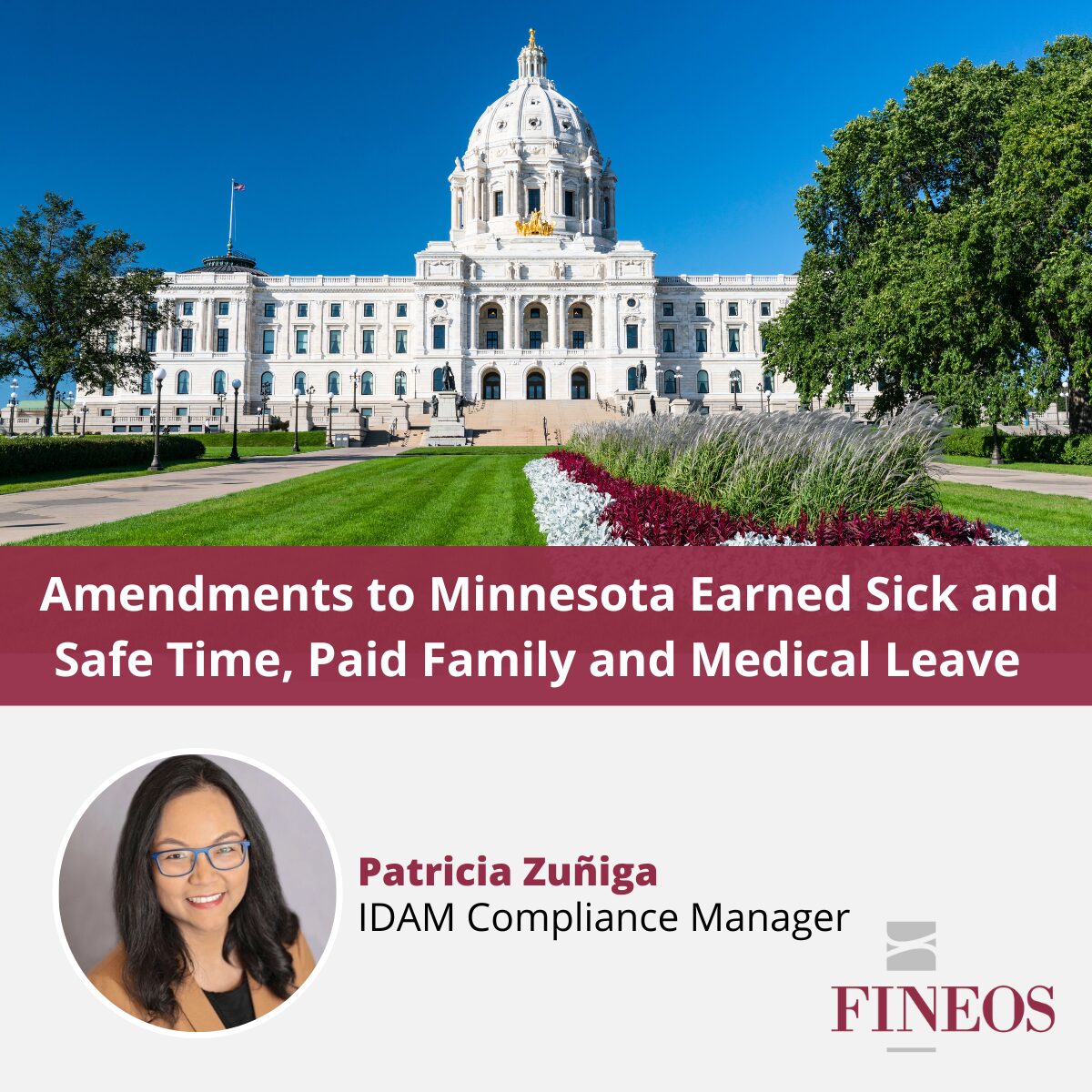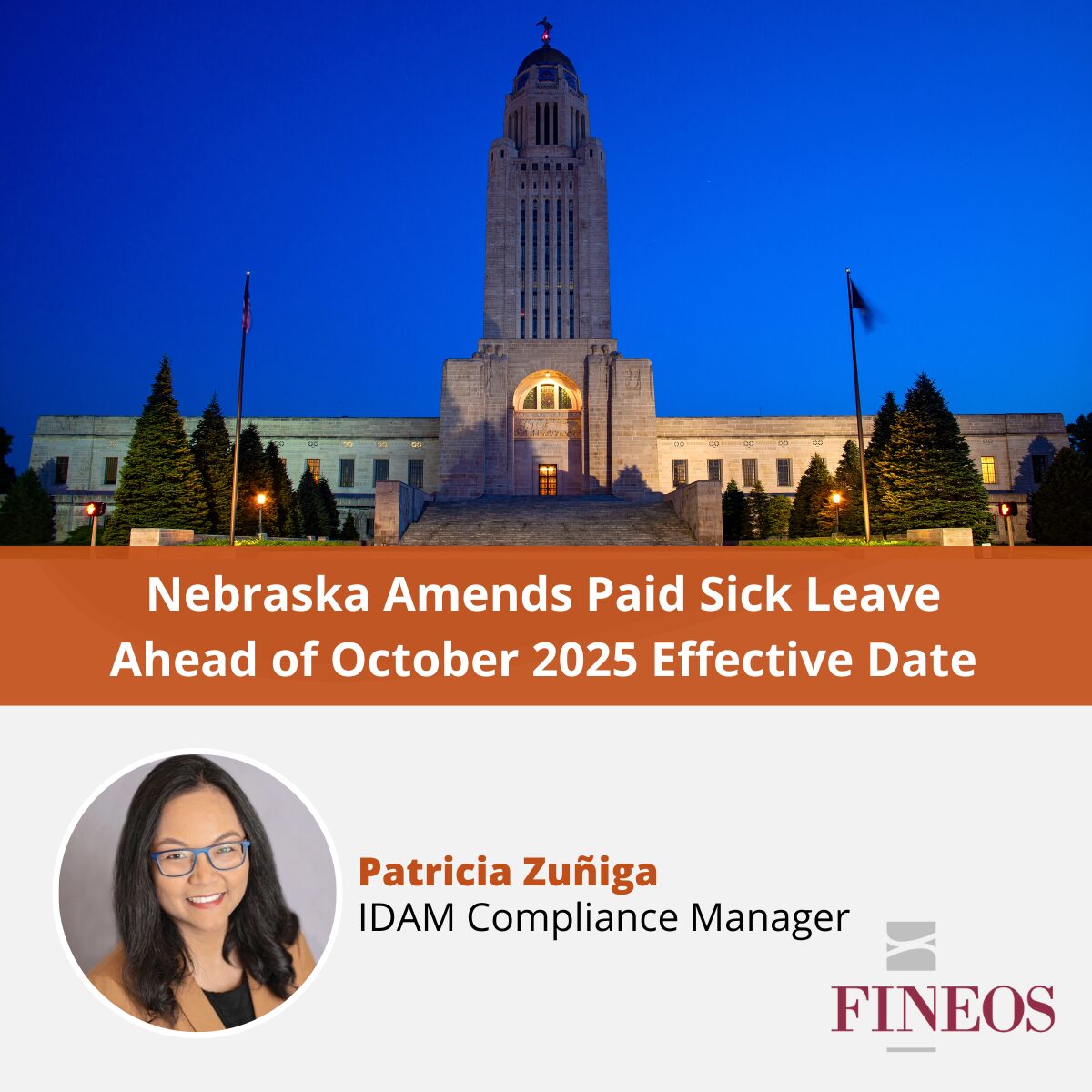Employers compete in the marketplace in many ways, one of which is one-upping each other with generous employee-friendly benefits, such as leave of absence policies. These can often exceed the federal, state, or local minimum requirements, providing for extended unpaid leaves, paid leaves, and leaves for unique reasons. But uncertainty can arise when employers try to integrate and intertwine generous benefits with their statutorily-required leave programs, unknowingly and unintentionally causing confusion, or worse – a lack of compliance. Take for example an employer’s policy or practice to allow an employee to delay an employee’s use of FMLA leave upon the employee’s request. The March 14, 2019 Department of Labor Opinion Letter makes clear that such a practice or policy is not FMLA compliant and expressly disagrees with a rogue 2014 court decision allowing the practice. The opinion letter also addresses employer benefits that allow additional time off beyond FMLA’s entitlement.
Here’s a scenario where this comes into play: An employee calls her employer to let the employer know she needs 2 weeks off for surgery that will involve an overnight stay. But the employee is clear in her request – she does not want to use any of her FMLA leave and wants to use her employer-provided paid sick leave instead. She is having a baby in a few months and prefers to save it all for that event. The employer, being generous and family-friendly, opts to provide the employee with this flexibility. How could being more generous possibly be a bad thing?
The FMLA regulations state in pertinent parts:
“Once the employer has acquired knowledge that the leave is being taken for a FMLA-qualifying reason, the employer must [designating leave as FMLA-qualifying].” 29 C.F.R. 825.301(a)
“Employees cannot waive, nor may employers induce employees to waive, their prospective rights under FMLA.” 29 CFR 825.220(d).
This FMLA language indicates that the employer doesn’t have that option; it must designate the absence as an FMLA leave if it meets the FMLA’s requirements. A 2014 decision out of the 9th Circuit called that legal principle into question – at least for the states contained within that Circuit – with the Escriba v. Foster Poultry Farms, Inc. (Ninth Cir., Feb. 25, 2014) decision. The Court in Escriba sorted through this issue with several puzzling conclusions that seemed to directly contradict the express language of the FMLA, including, “the FMLA does not expressly state whether an employee may defer the exercise of FMLA rights under the statute… there are circumstances in which an employee might seek time off but intend not to exercise his or her rights under the FMLA…The employer could find itself open to liability for forcing FMLA leave on the unwilling employee…We thus conclude that an employee can affirmatively decline to use FMLA leave, even if the underlying reason for seeking the leave would have invoked FMLA protection.”
The aftermath of Escriba left many who know and love the FMLA regulations shaking their head. Most FMLA practitioners took note but didn’t hold fast to it, given the limited 9th Circuit applicability, and what appeared to be a lack of support from the statutory language.
On March 14, the Department of Labor issued an Opinion Letter directly addressing this issue, stating unequivocally that an employer cannot decline the application of the FMLA, if the leave is for an FMLA-qualifying reason:
Once an eligible employee communicates a need to take leave for an FMLA qualifying reason, neither the employee nor the employer may decline FMLA protection for that leave. Accordingly, when an employer determines that leave is for an FMLA qualifying reason, the qualifying leave is FMLA protected and counts towards the FMLA leave entitlement… [T]he employer may not delay designating leave as FMLA-qualifying, even if the employee would prefer that the employer delay that designation.
The DOL acknowledged that nothing in the FMLA prevents employers from adopting leave policies more generous than those required by the FMLA. But this doesn’t change an employer’s obligation to designate FMLA leave accordingly. The DOL also makes clear the implications for failing to do so:
Failure to follow this notice requirement may constitute an interference with, restraint on, or denial or the exercise of an employee’s FMLA rights.
What is an employer who wants to provide expanded benefits to do? One option is to allow for additional leave only after FMLA entitlement has exhausted, not before. While this may require some changes to policies and procedures, most employers should be able to adjust their practices quickly. In some cases, this may mean re-negotiating collective bargaining agreements, where populations of employees have negotiated for job protected – but specifically not FMLA-designated – leaves of absences that must exhaust prior to the application of the FMLA.
The Opinion Letter also addressed the situation where an employer wants to designate more leave than the required 12 weeks (or 26 weeks, for military caregiver leave). The DOL concluded that an employer cannot designate additional leave as FMLA leave. Again, the DOL acknowledged that an employer can provide additional family and medical leave rights through an employment benefit program or plan, but this cannot expand the FMLA entitlement.
FINEOS Absence can help with the administration of FMLA. For example, FINEOS Absence provides seamless, straight through processing for pregnancy and child bonding claims, administering both paid benefits and concurrent unpaid leave entitlement all in the same claim.
For more information about FINEOS products, watch one of these on-demand webinars.


